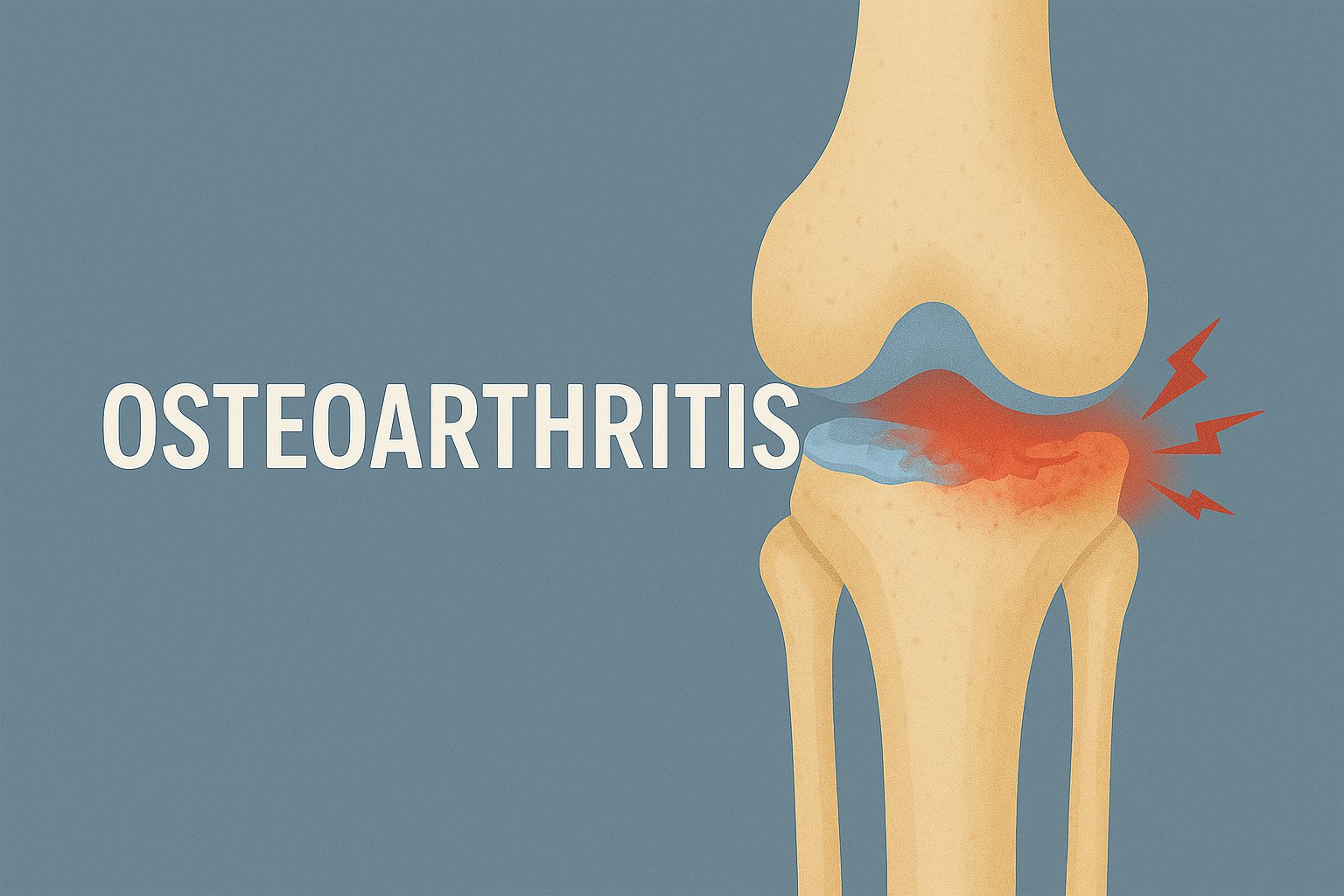How Referred Pain Works
Many nerves in the body share common pathways as they enter the spinal cord. When pain signals travel these routes, the brain can sometimes misinterpret the source. It may register the pain as coming from a different area — this is referred pain.
The thalamus processes the sensation of pain, while the sensory cortex determines its location. Because nerve signals often overlap, the brain can misread where the pain starts.
What Referred Pain Feels Like
Referred pain varies depending on which body structures are involved and how much inflammation is present. Nerve-related pain is usually sharp or shooting. In contrast, muscle-related pain tends to feel like a deep ache or a burning sensation. That said, symptoms often differ from person to person.
Muscle problems can sometimes cause tingling, a sensation more commonly linked to nerve injuries. This overlap makes accurate diagnosis critical to successful treatment.
Why Does Referred Pain Occur?
Researchers have yet to fully understand referred pain because it’s so complex. One leading theory looks at embryology. In early development, many body parts sit close together. As the body grows, these parts move apart, but their nerve connections remain linked. This may explain why we feel pain in one area when it actually starts in another.
Pain serves as a warning — it tells us to rest or avoid certain movements. Ignoring this signal or masking it with painkillers can delay proper treatment.
How Chiropractic Treatment Helps
Chiropractors specialise in pinpointing the true source of your pain, even if you feel it somewhere else. During your visit, we carry out a complete physical, neurological, and orthopaedic exam to uncover the root cause.
A frequent cause of referred pain is trigger points — tight muscle knots that radiate pain. Chiropractors can treat these points directly to reduce discomfort and improve function.
Ready to Get Started?
Want to know how chiropractic treatment can ease your referred pain? Contact us today to book a consultation or speak with one of our experienced chiropractors.

